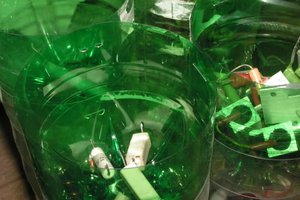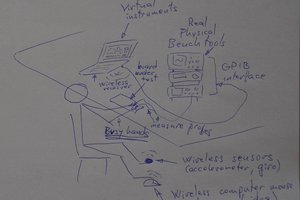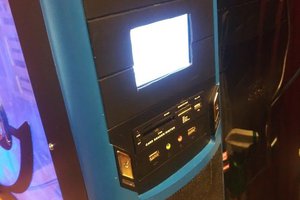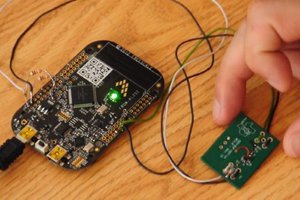Just another instant hack.
3D Printing AVR Arduino Art Audio Automation BeagleBone Bluetooth Cameras Clock Drones Environment Hardware IoT LED Medical Music Radio Raspberry Pi Remote Control Robotics Rockets Satellites Science Security Software Virtual Reality Wearables
 RoGeorge
RoGeorge





 Gerald Smith
Gerald Smith
Nice Tip! I'll try it!